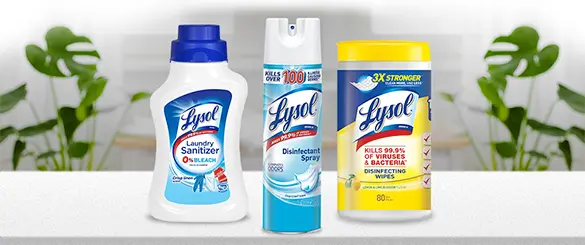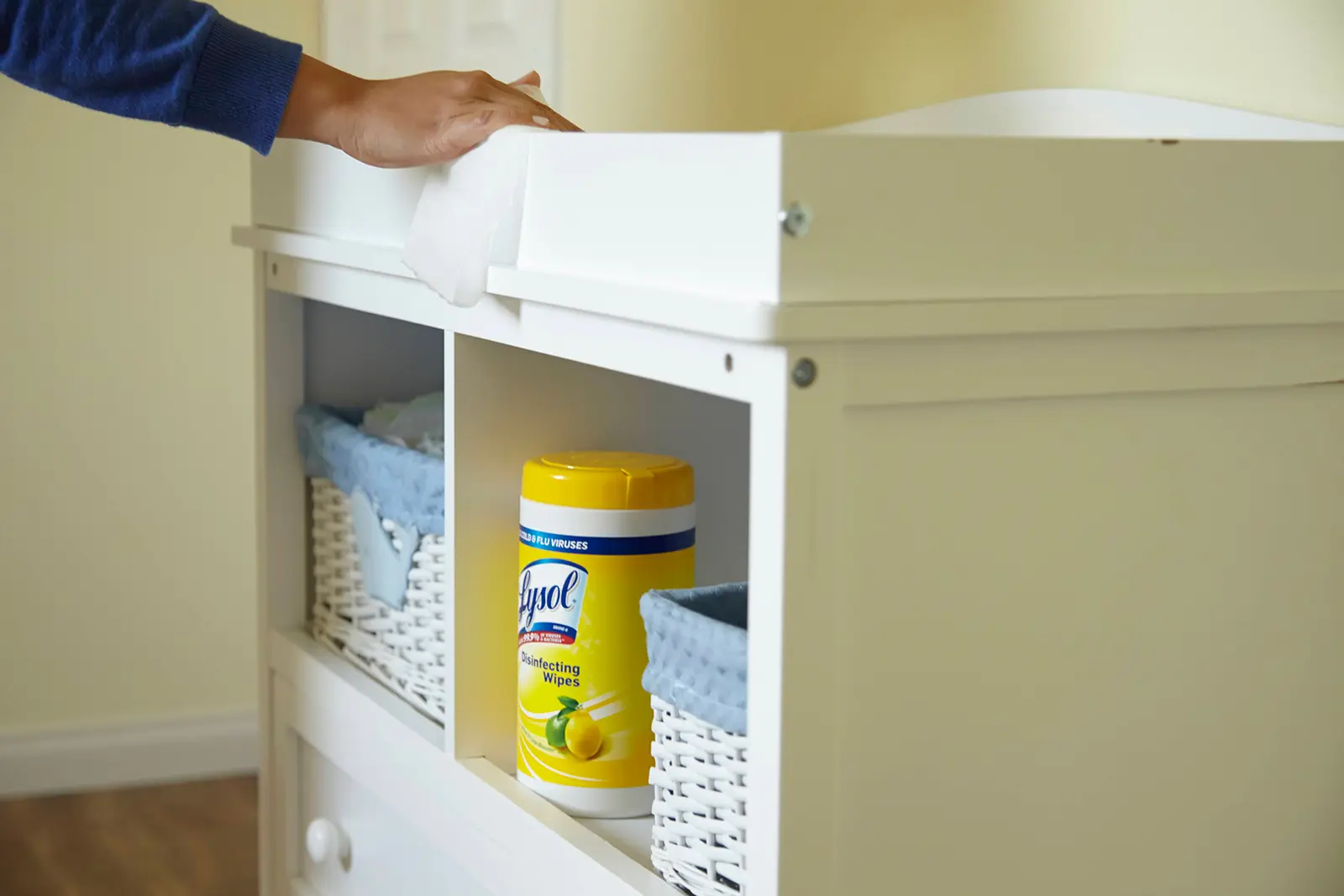HOW TO HELP AVOID THE FLU VIRUS
To help avoid the flu virus, there are a number of things you can do. First and foremost, you can get the flu vaccination.1 While some people who get vaccinated may still get sick, the flu vaccination prevents millions of influenza illnesses every season.2 In fact, the Center for Disease Control (CDC) recommends getting vaccinated every year as the best protection against catching the flu.
However, we shouldn’t rely on the vaccination alone when it comes to avoiding the flu virus. There are several other things you can do in order to keep yourself as protected as possible:










